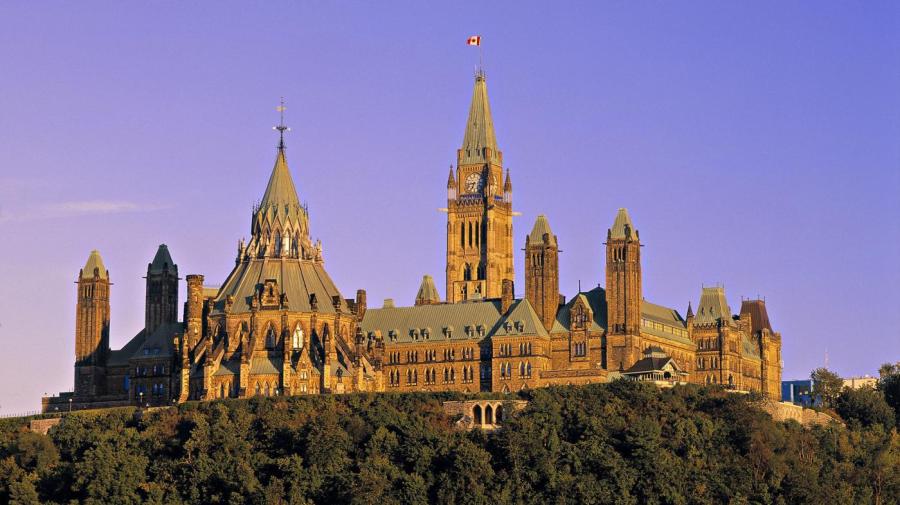What Are the Three Branches of the Canadian Government?

The three branches of the Canadian government are the legislative, executive and judicial branches. The Parliament of Canada makes up the legislative branch, the Cabinet makes up the executive branch and the various federal courts make up the judicial branch.
Canada’s Parliament consists of two houses: the Senate and the House of Commons. The Canadian monarch, represented by the governor general, is also a part of Parliament. Real power, however, lies with the popularly-elected House of Commons. The Senate and the governor general usually follow along with the will of the people as expressed through the House of Commons. The Cabinet is formed under a prime minister who is officially appointed by the monarch. The courts at the national level are responsible for criminal law and for constitutional issues, among other jurisdictions, while local courts are responsible for civil matters and territorial justice.





